Since Texas A&M became a space-grant university in 1989, it has been taking strides in space-related research with various space projects happening all over campus. One of these projects, however, is about to be sent into space — and it’s being built right under everyone’s noses.
“Most people walk by it many times a day,” mechanical engineering senior Avik Ahuja said. “People who live at Hullabaloo, they walk by this building … and they don’t even know that there’s a space program here on campus.”
Ahuja is a part of the thermal, mechanical and structures team for AggieSat6, a satellite being built in the Munnerlyn Astronomy & Space Sciences Engineering building. The satellite is a 6U CubeSat — meaning its size is slightly larger than that of a cereal box.
AggieSat6 is one of several space-related projects being worked on in the building, and its team is hard at work to ensure it’s ready to be sent off-world soon.
“Everyone puts their all into the team,” Ahuja said. “It’s a group of people who are so passionate about doing what they’re doing in space and making a CubeSat and engineering, and they’re all so smart.”
Electrical systems engineering junior Zane Badgett is part of the electrical power subsystem team, which works on the power management system for the satellite. He explained the mission that the project seeks to accomplish.
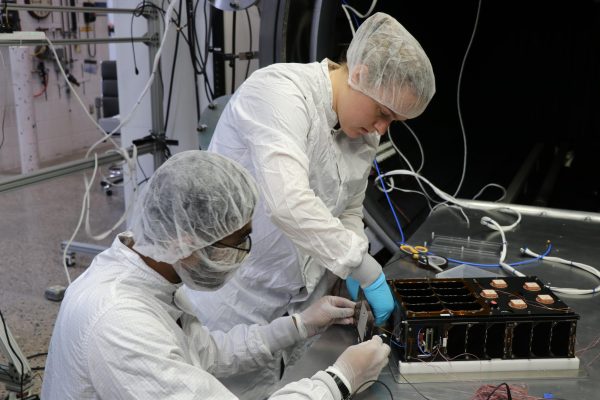
“The main mission for AggieSat6 is to improve our space domain awareness by proving that we can figure out the direction of arrival vectors of signals sent from other satellites in space,” Badgett said. “Normally how this is done is that when satellites receive signals from other satellites in space they’ll take that data, send it down to a ground station on Earth and have the data processed there for use. We are trying to demonstrate that it’s possible to do all those calculations and determinations within the satellite itself and only send back the finished complete data afterward.”
While the team hasn’t set an exact launch date yet, they’re confident that after roughly five years of hard work, the satellite is nearing completion and will be launched soon — possibly around this coming fall.
“We’re very close to the end of this project, which I’m very excited for,” Badgett said.
The team behind AggieSat6 is elated for the satellite’s launch and grateful that the project is finally reaching a conclusion after so long. According to many of its members, the road to get this project to where it is now was full of hardships.
“A lot of people who have been on the lab since the start of it or have been around for a longer time have talked about the struggle of keeping the project afloat during COVID back in 2020 when it hit because that was during all of our preliminary design reviews and trying to get the project funded initially and it was a challenge to get that up and running,” Badgett said.
The proposal to begin the AggieSat6 project was first submitted in 2019 to the University Nanosatellite Program in hopes of getting funding. Despite the troubles of keeping the project alive during COVID-19 and having to compete with the many other satellite programs that also applied for funding, in 2021 AggieSat6 was one of three groups that were approved to continue with their project.
Aerospace engineering graduate student Shirish Pandam said that once launched, AggieSat6 will be the third satellite under the name “AggieSat” sent to space.
“We’ve launched two satellites: AggieSat2 and AggieSat4,” Pandam said. “AggieSat2 launched in 2009 off of the Space Shuttle Endeavor, I believe, and AggieSat4 launched in 2016 off of the ISS.”
Pandam is the program manager of AggieSat laboratory, a student-run space program that AggieSat6 is a part of. He takes pride in the fact that AggieSat is run entirely by students.
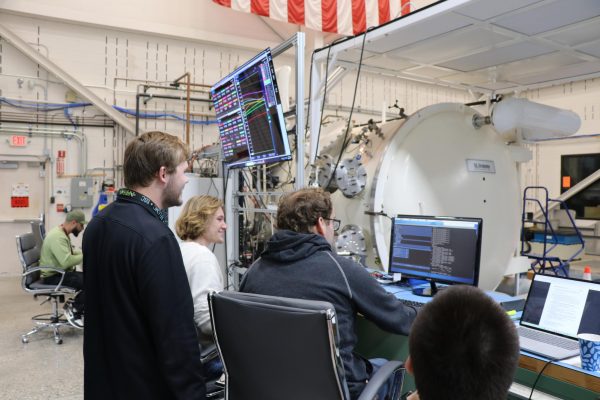
“Whenever we’re building CubeSats and all that, it’s students doing the work, not the professor saying, ‘Hey, you need to do this,’” Pandam said. “We do all the design, we do all the integration, we do all the testing. Everything from writing the proposal to close out of operations is all done by students.”
There are currently almost 30 members on the AggieSat6 team that run the project, most of whom are undergraduate students. Since the project has been going on for so long, most of the original members who were there at the project’s beginning have since graduated and moved on, having placed the project in the hands of the newer members to continue their work. As of now, AggieSat6 has over a hundred former members who have worked on the satellite and then graduated.
Launching satellites isn’t the only thing AggieSat does, however. The lab acts as a valuable resource for every student who is a part of it, allowing them to learn important skills and network with new people.
“I have learned so many things in AggieSat that I would have never learned in classes,” Pandam said. “The lab has really let me outreach to a bunch of different majors, and although AggieSat is an aerospace lab, by no means is it only for aerospace students. We have everyone from mechanical, electrical, computer science, interdisciplinary, mechatronics, manufacturing, MMET [Manufacturing and Mechanical Engineering Technology]. We have geosciences. Basically, as long as you’re interested in space, you can be here. So I’ve gotten to meet a bunch of people that way, which has been really valuable for me.”
As AggieSat members continue to work on various projects, they gain valuable experience from the lab as they can experiment with tools that they couldn’t have gotten their hands on otherwise. This allows them to learn things they couldn’t in regular classes.
“I get to do controls testing with an actual ADCS [Attitude Determination and Control System],” Pandam said. “I get to do communications testing with radios and all that. I’ve developed a lot of skills, both soft and hard skills, in the lab that I wouldn’t have gotten the opportunity to do really anywhere else, even in the country.”

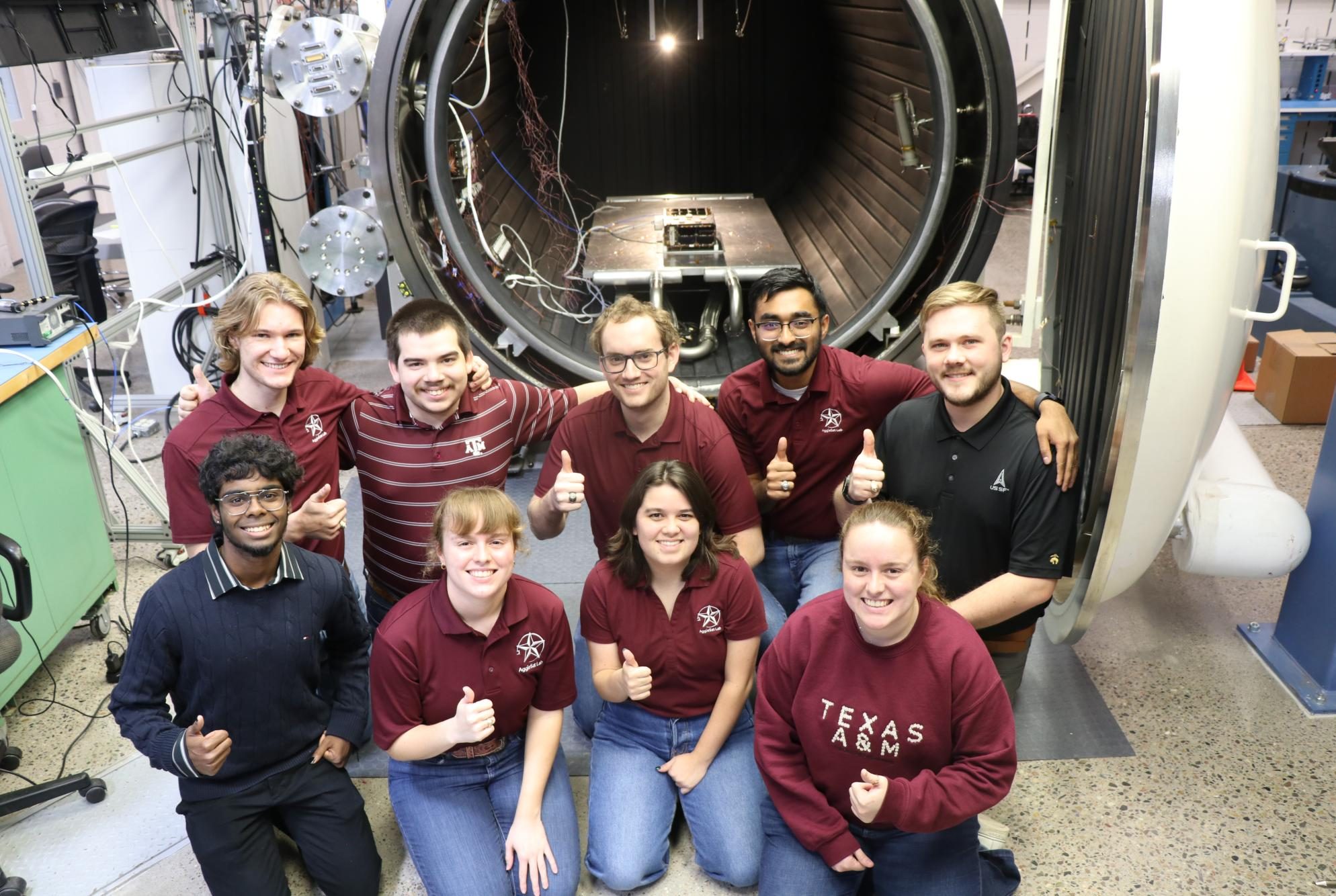
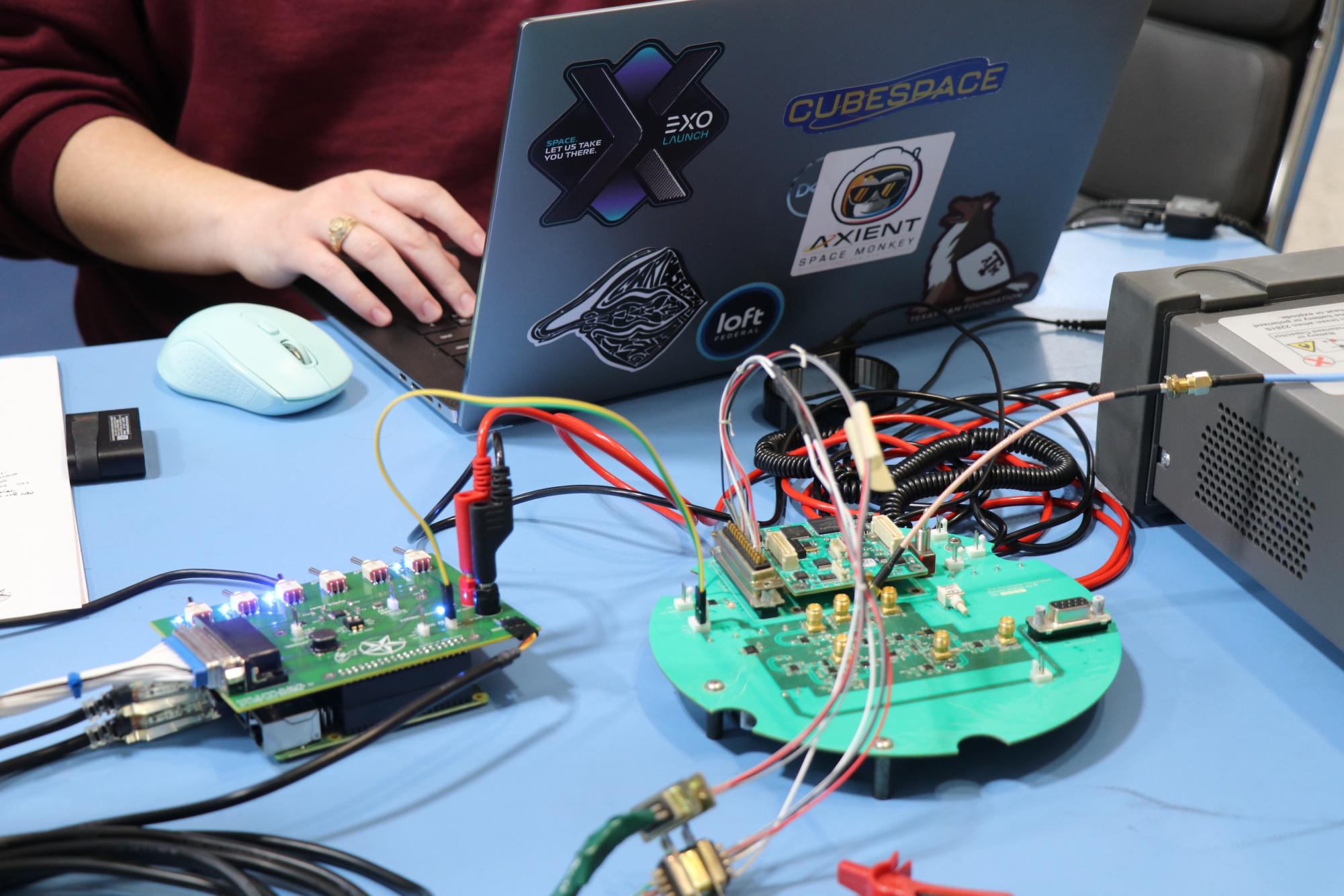
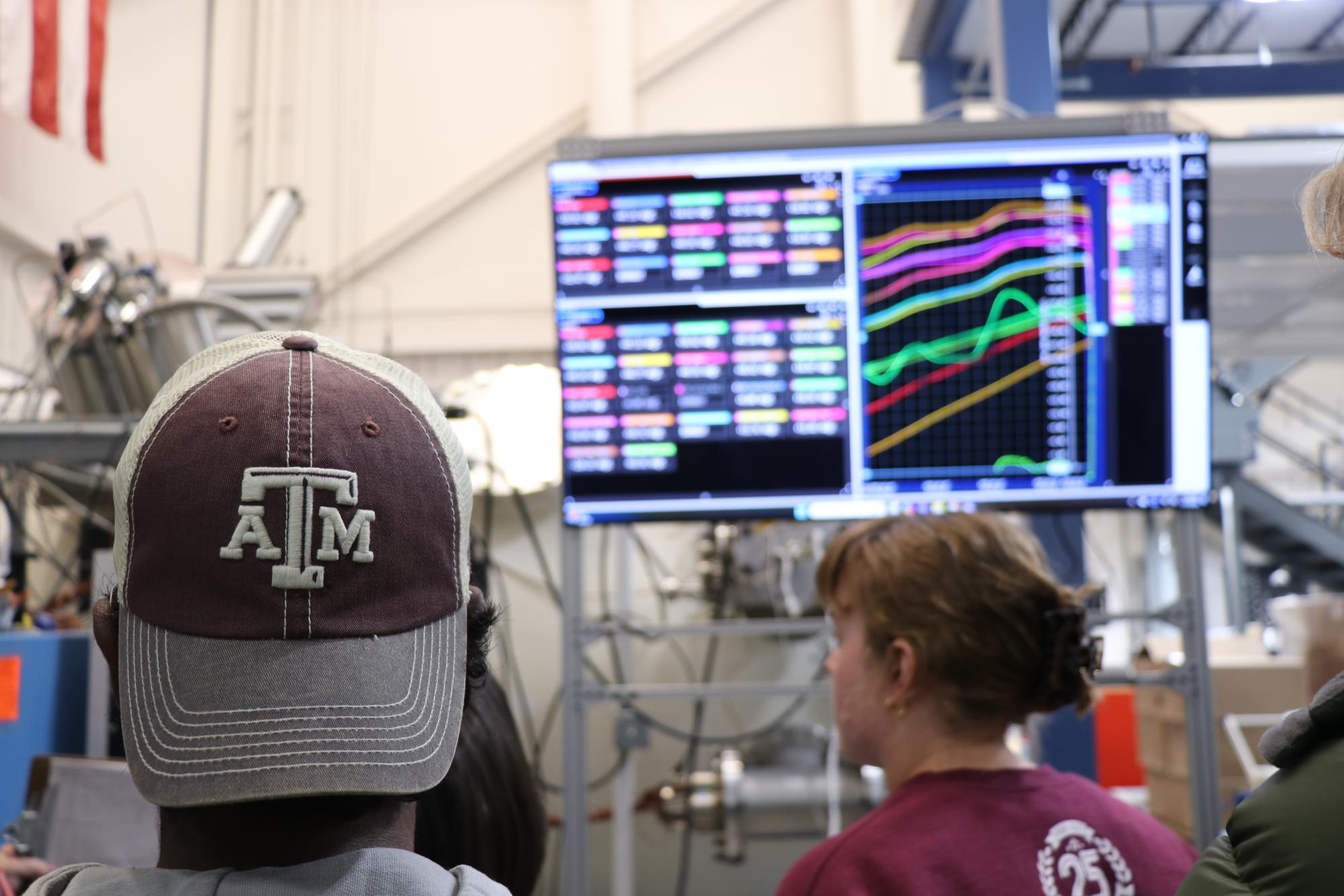
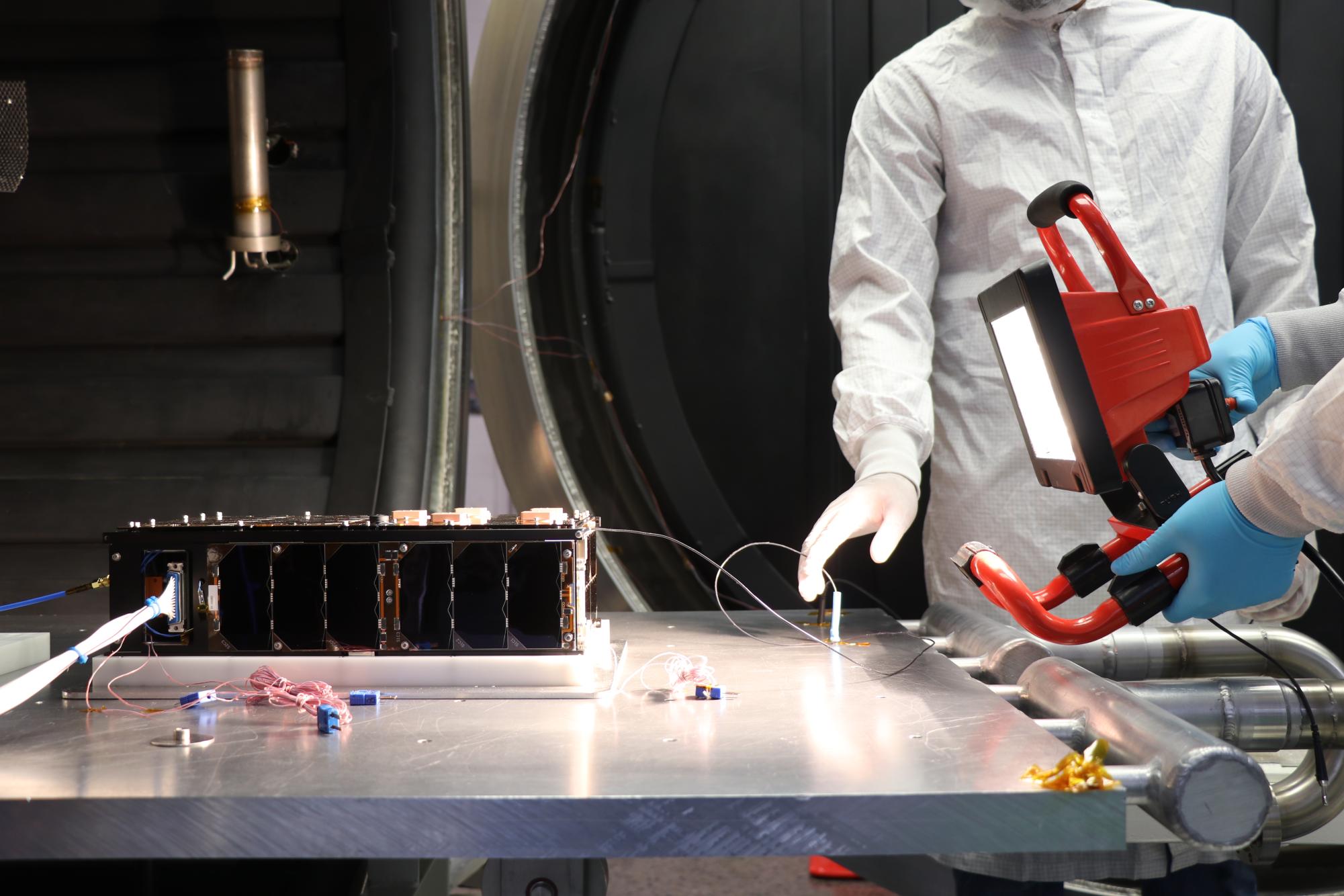
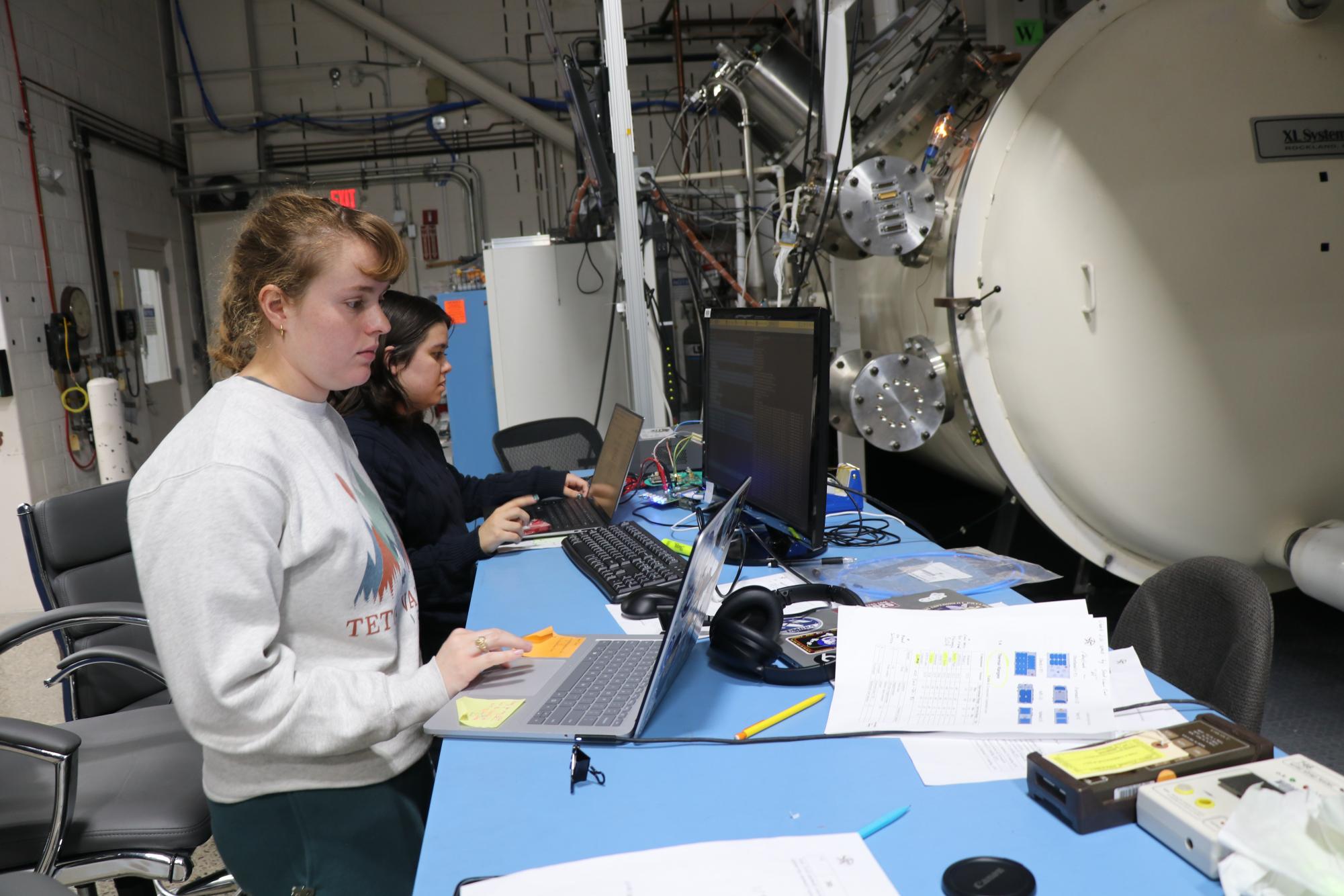
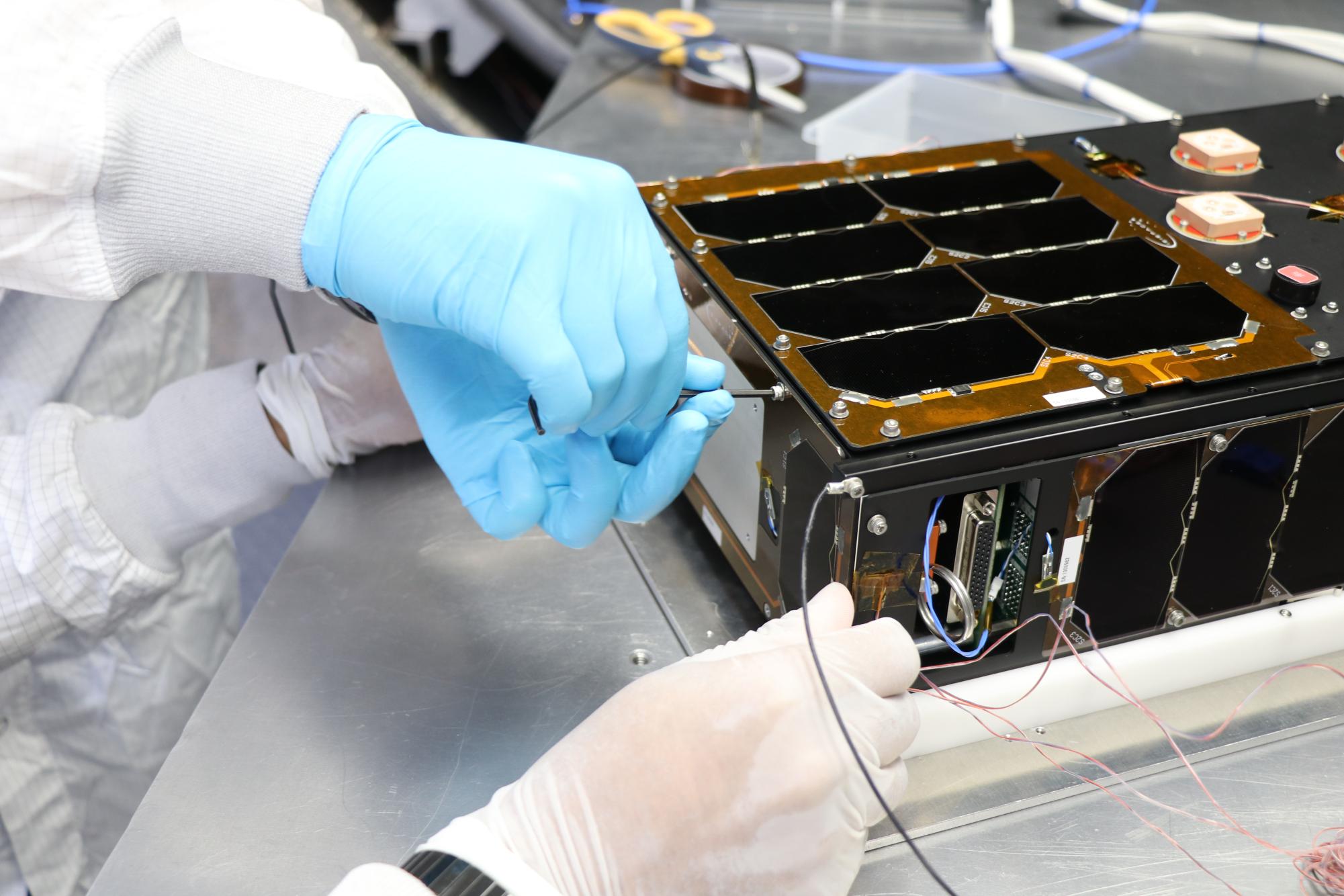
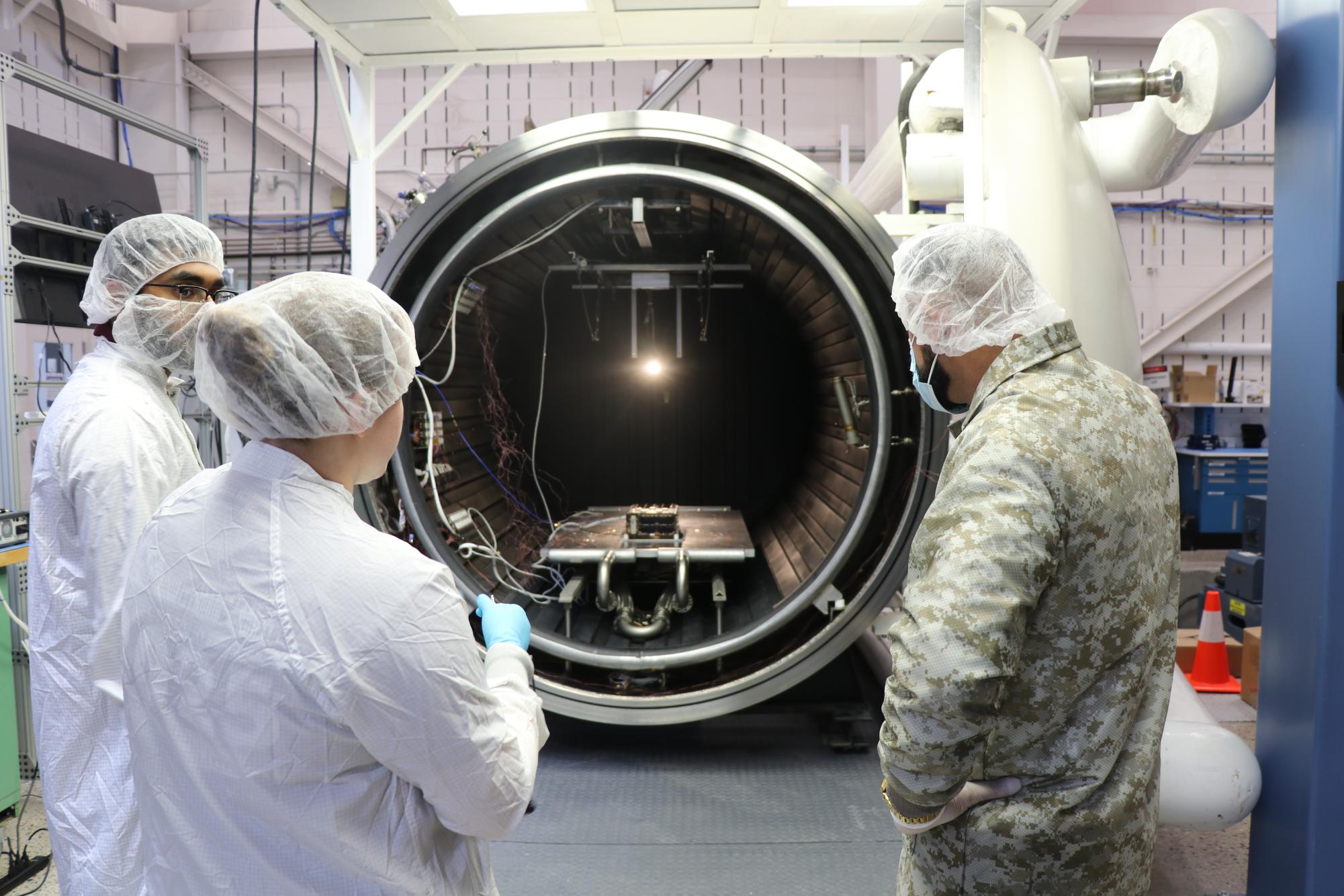
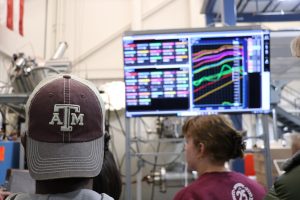
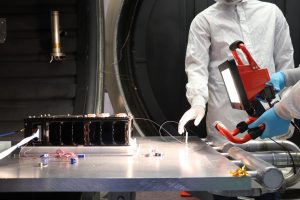
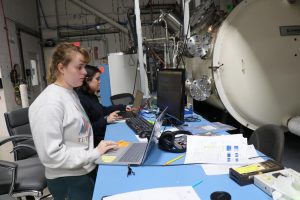
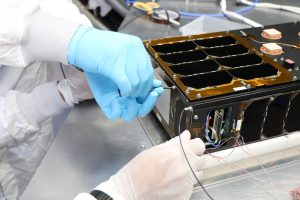
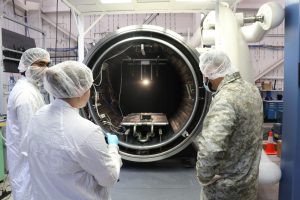
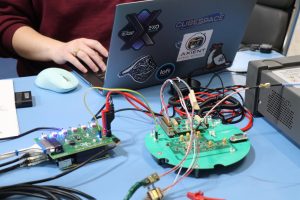
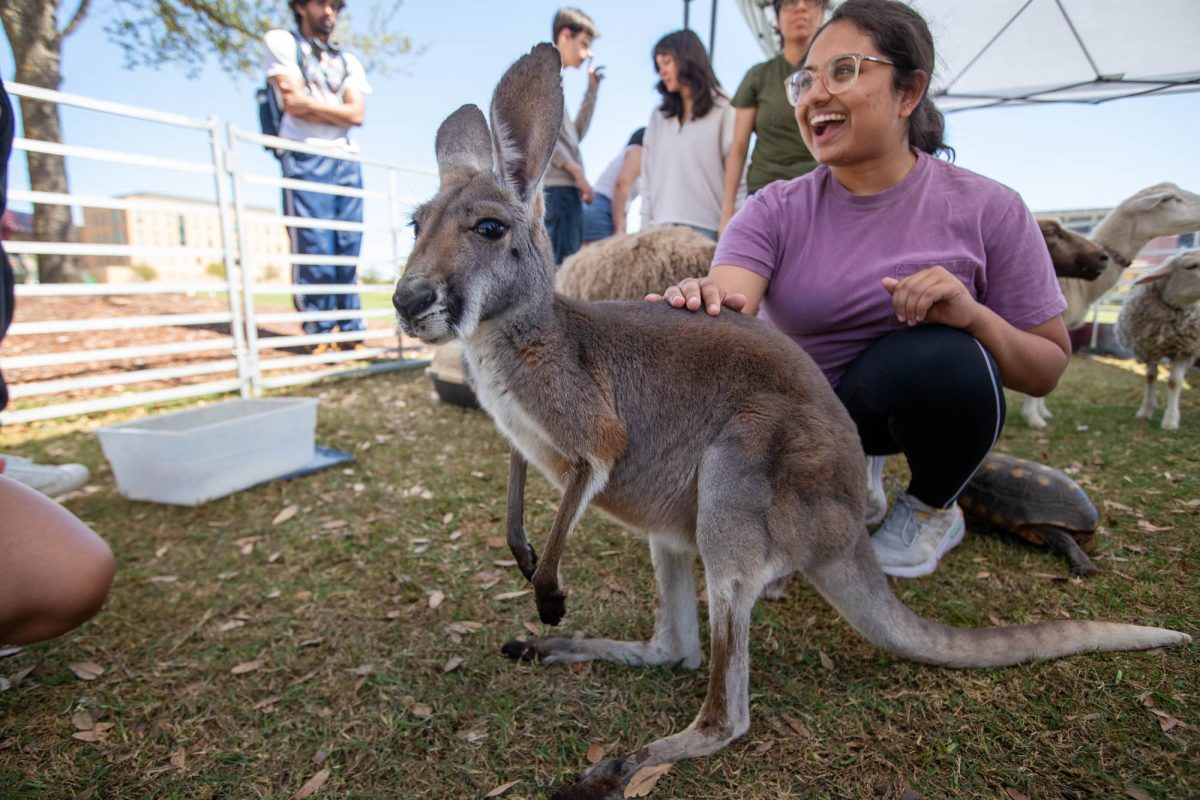
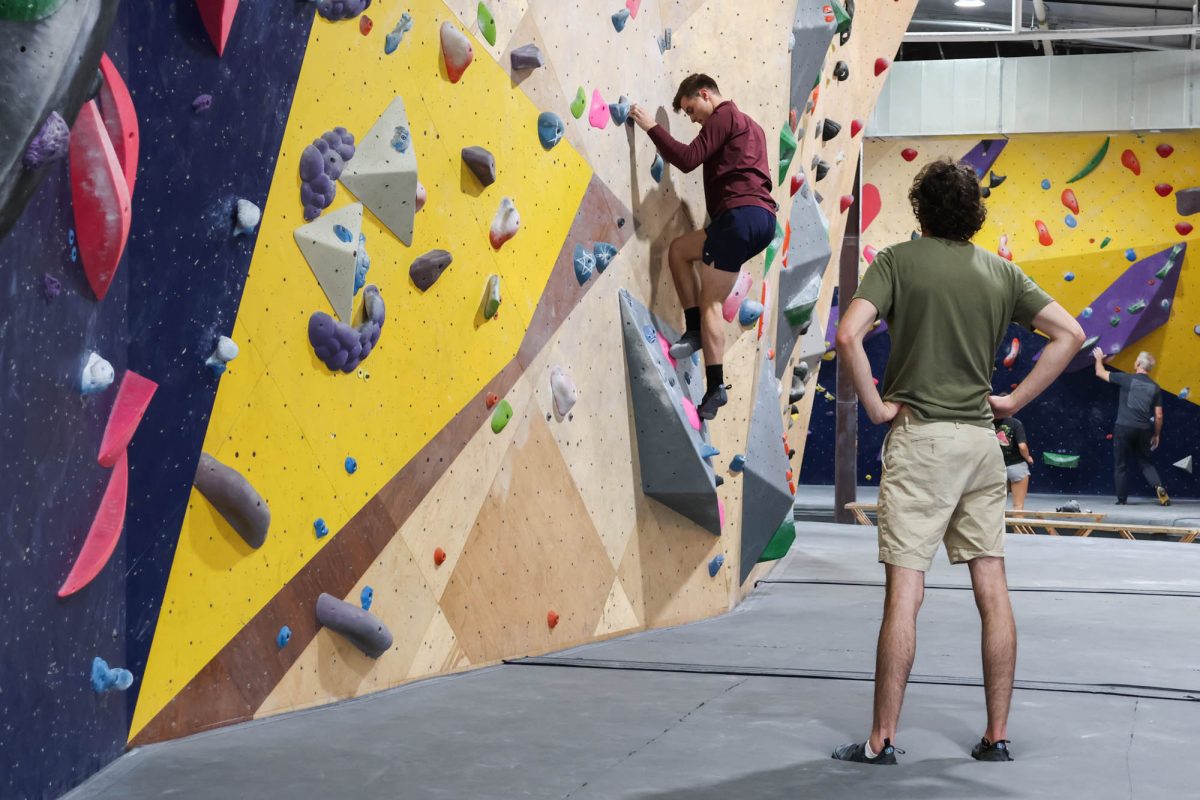
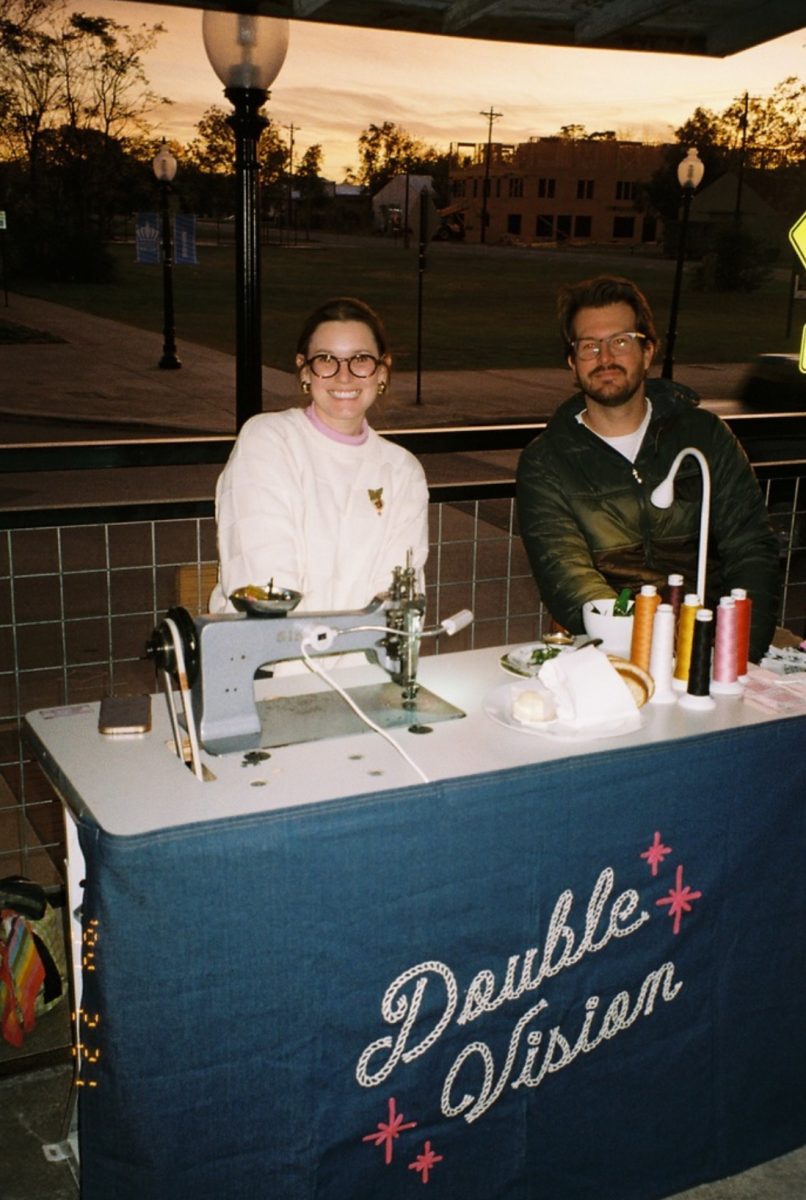
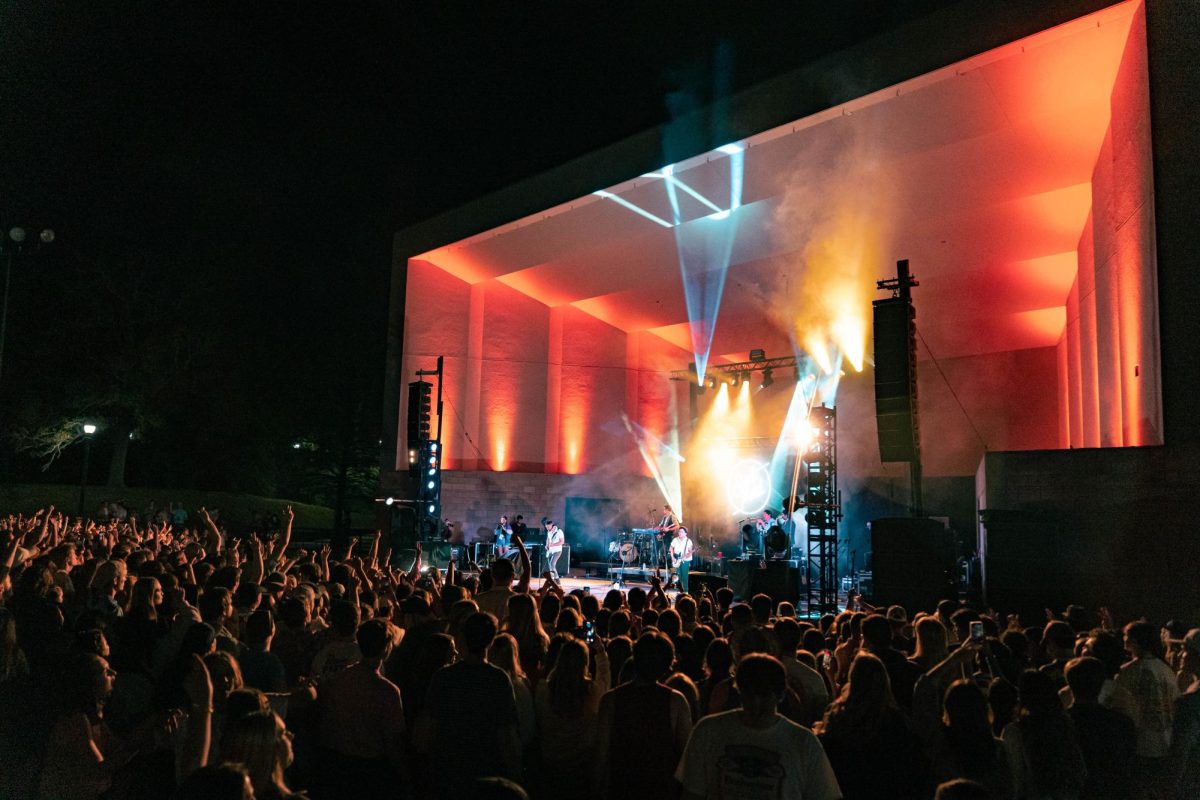
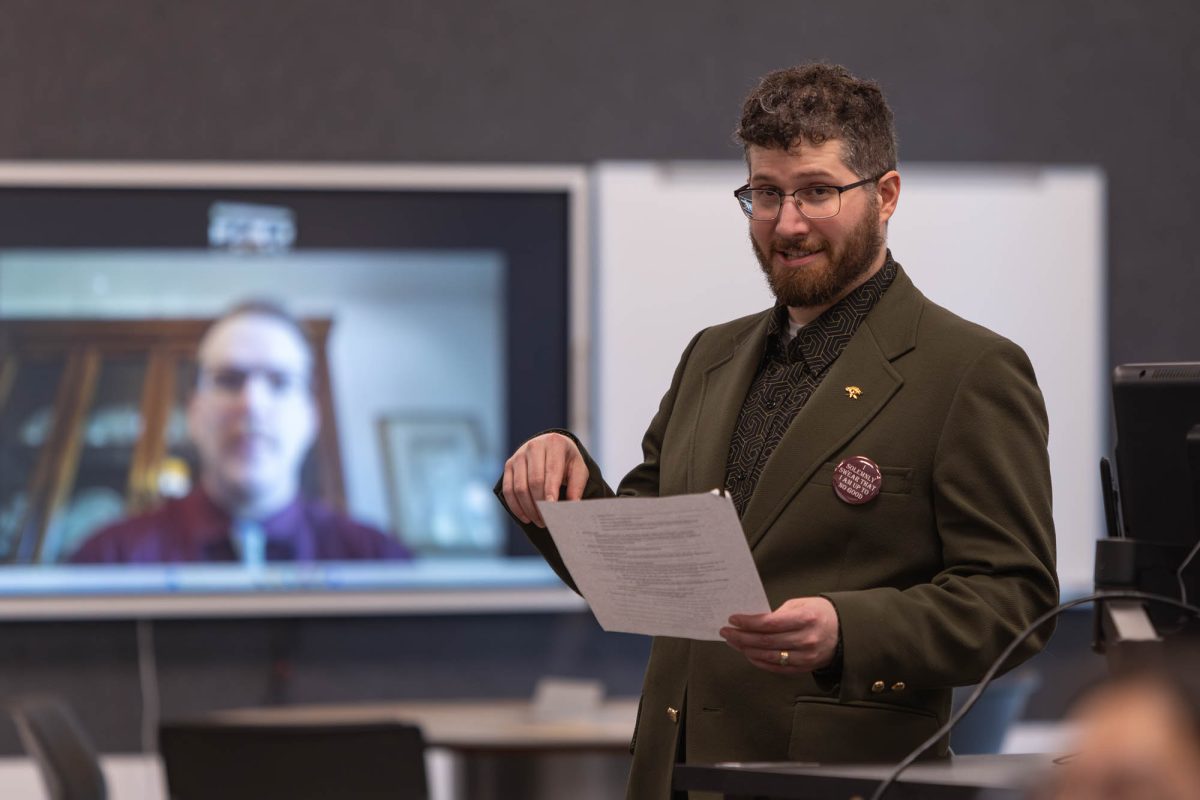

Conner White • Feb 25, 2025 at 9:34 am
I was in AggieSat for 3 years as an AERO undergrad, and it is no understatement to say that I would not be where I am without this project or the lab. Being so involved in the development of an actual satellite is an opportunity I could have only dreamed of. The countless hours, hard work, and copious amounts of Domino’s Pizza all culminated into this, and I couldn’t be prouder. This is a true representation of the Aggie spirit and what it can accomplish. Every single member of this lab embodies the 12th man in every way imaginable and it was a privilege to work on this project with every single one of them. Of course, a huge thanks to Dr. Helen Reed, who has been with the lab for so long and whose guidance was fundamental in the success of AggieSat6.
Gig ’em!